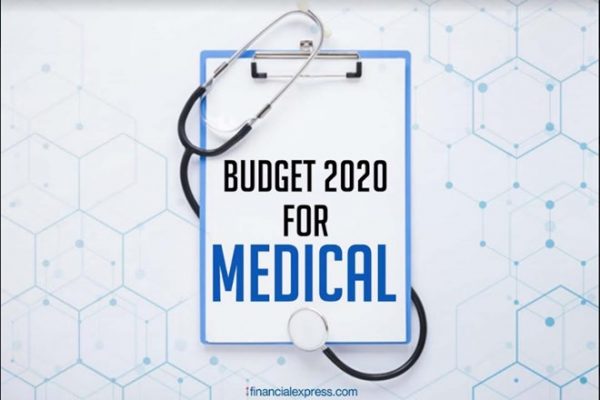
By Dr. H P Bharathi
Budget 2020: As Ayushman Bharat completes a successful year with over 63 lakh patients benefiting from the central government’s flagship scheme, public spending on health is still short of the envisioned 2.5 percent of the GDP. However, Niti Aayog’s year-end roadmap to improve our fractured healthcare system is promising. We need fundamental restructuring to increase access to healthcare and achieve universal health coverage in line with the United Nations’ Sustainable Development Goals.
Related News
Budget 2020: Shortage of doctors a key challenge in healthcare
According to a report published by the Center for Disease Dynamics, Economics and Policy early last year, India faces a shortage of 600,000 doctors. The government needs to open more medical colleges and increase the number of seats in PG courses to overcome this shortage and improve the doctor-patient ratio.
Budget 2020: Infrastructure of health facilities
We also need funds to improve the infrastructure of health facilities in tier 2 cities and lower. Either the government must take the lead or incentivise private players to pitch in. We also need to take measures to improve insurance penetration considering the fact that 65 percent of the health expenditures in the country is out of pocket. While the Fit India movement launched by the Prime Minister is a great initiative to promote physical fitness and good health, providing insurance cover for preventive care will complete the circle and encourage patients to make regular hospital visits and take better care of their health.
Watch Video: What is Union Budget of India?
The WHO’s review meeting with AYUSH ministry in Jamnagar, which concluded on December 4th, has laid the ground for the standardization and globalization of traditional systems of medicine like naturopathy and yoga.
The naturopath community welcomes this move as traditional systems of medicine have a very important role to play in preventive care, which must be one of our main areas of focus going forward, considering the rapidly increasing disease burden of non-communicable diseases which are responsible for over 61 percent of deaths in the country.
Last but not the least, we need to harness the power of digital technology to improve the state of medical record-keeping, encourage patients to monitor their health, and provide tele-medical care to patients living in remote areas.
The author is Dy. Chief Medical Officer, Jindal Naturecure Institute. Views expressed are the author’s own.